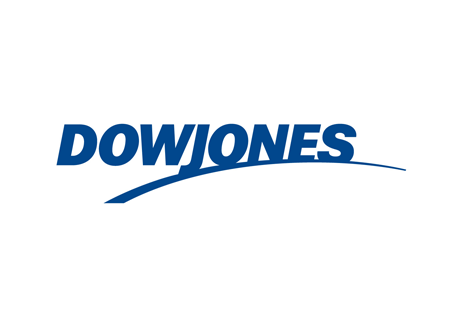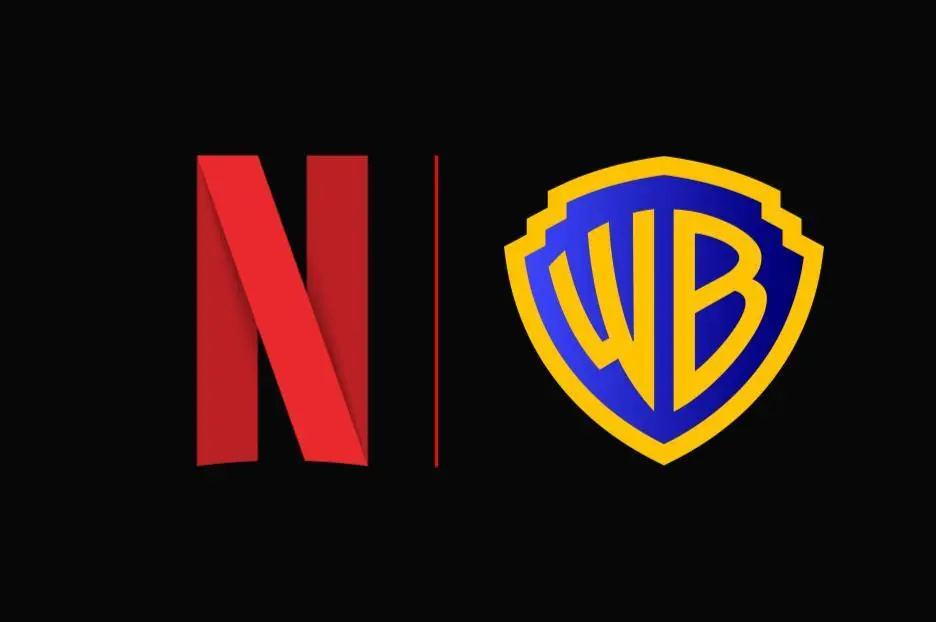Urban Investor’s Dictionary: The Dow Jones

Apr 28 | 2017

We hear about it every day. The Dow is up, The Dow is down, but what does it really mean?
In 1882 Charles Dow and Edwards Jones together with Charles Bergstresser founded what would become one of the largest and most prominent business and financial news firms on the planet – Dow Jones & Company. The name is taken after Charles and Edward’s surnames respectively. They would also go on to form The Wall Street Journal in 1889 – which to this day is still one of the leading and most influential financial publications.
In 1884 Charles Dow – who also served as editor of The Wall Street Journal – began recording stock averages. The first which grouped together 9 railroads and two industrial companies was the precursor to the Dow Jones Transportation Average. Charles Dow was grouping together stocks from businesses of similar nature to create an overall average to gauge the performance of the market.
Charles’ second index is also his most notable. Known by its many monikers – DJI, Industrial Average, Dow 30, or just The Dow – the Dow Jones Industrial Average, in its modern incarnation, serves as an index that indicates the performance of 30 large publicly owned companies based in the United States during a standard trading session in the stock market. The original Dow Jones Industrial was published on May 26 1896, and consisted of 12 industrials. General Electric is the only of the original 12 to remain on the index, but check out this list of the other 11.
- American Cotton Oil Company, predecessor company to Bestfoods, now part of Unilever.
- American Sugar Company, became Domino Sugar in 1900, now Domino Foods, Inc.
- American Tobacco Company, broken up in a 1911 antitrust action.
- Chicago Gas Company, bought by Peoples Gas Light in 1897, now an operating subsidiary of Integrys Energy Group.
- Distilling & Cattle Feeding Company, now Millennium Chemicals, formerly a division of LyondellBasell, the latter of which recently emerged from Chapter 11 bankruptcy.[12]
- Laclede Gas Company, still in operation as the Laclede Group, Inc., removed from the Dow Jones Industrial Average in 1899.
- National Lead Company, now NL Industries, removed from the Dow Jones Industrial Average in 1916.
- U.S. Leather Company, dissolved in 1952.
- United States Rubber Company, changed its name to Uniroyal in 1961, merged with private B.F. Goodrich in 1986, bought by Michelin in 1990.
- American Cotton Oil Company, predecessor company to Bestfoods, now part of Unilever.
- American Sugar Company, became Domino Sugar in 1900, now Domino Foods, Inc.
- American Tobacco Company, broken up in a 1911 antitrust action.
- Chicago Gas Company, bought by Peoples Gas Light in 1897, now an operating subsidiary of Integrys Energy Group.
- Distilling & Cattle Feeding Company, now Millennium Chemicals, formerly a division of LyondellBasell, the latter of which recently emerged from Chapter 11 bankruptcy.[12]
- Laclede Gas Company, still in operation as the Laclede Group, Inc., removed from the Dow Jones Industrial Average in 1899.
- National Lead Company, now NL Industries, removed from the Dow Jones Industrial Average in 1916.
- U.S. Leather Company, dissolved in 1952.
- United States Rubber Company, changed its name to Uniroyal in 1961, merged with private B.F. Goodrich in 1986, bought by Michelin in 1990.










